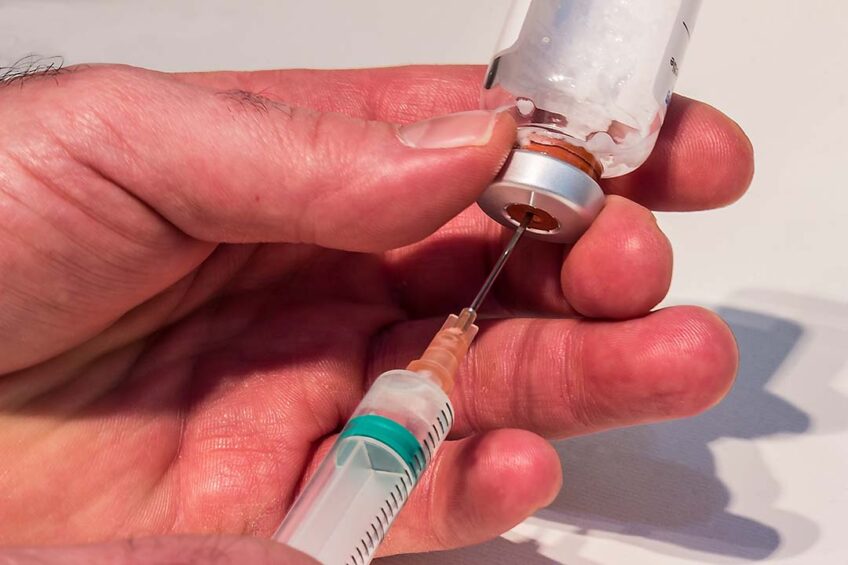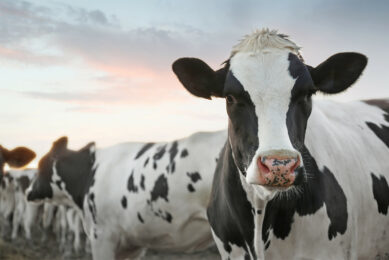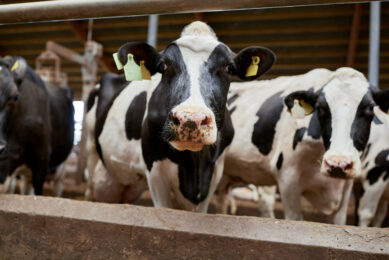Antibiotic stewardship in US dairy and livestock production

Producing safe food starts at the source. Antibiotic stewardship plays a key role in safe food production.
Recently, Dr David Wallinga noted that every 15 minutes, a person in the US dies from a drug-resistant bacterial infection. This medical doctor at the Natural Resources Defense Council (a non-profit focused on protection of human health and the environment) believes much can be done to solve this problem through improved antibiotic stewardship in livestock production.
It’s positive that veterinary oversight of most antibiotics, particularly medically-important antibiotics, is now much stricter than ever before in the US and many other countries. For example, as of June 2023, ‘over-the-counter’ medically-important antibiotics for treating cattle are only available with a veterinary prescription.
However, Wallinga recently noted that the enormous numbers of cattle and pigs farmed in the US “helps to explain why the volume of medically-important antibiotics used in these sectors is so large” and that “those industries are also using these precious medicines very intensively—that is, at a very high weight-adjusted (mg/kg) rate of use”.
In general, the larger the volume of medically-important antibiotics in use, the more resistant bacteria are created (through whatever means). People can be exposed to these dangerous pathogens through such means as direct contact with livestock or items carrying these bacteria.
Wallinga calls for the US Food and Drug Administration (FDA) to track medically-important antibiotic use in livestock production. He declined to comment further, but Steve Roach, safe and healthy food programme director at Food Animal Concerns Trust (a group promoting humane and healthy livestock farming), explains that tracking would enable identification of areas of high antibiotic use and measurement of the impact of use reduction strategies.
Gould reports that the FDA recently released a new 5-year plan on antimicrobial stewardship and no commitment to setting up a tracking programme was included. He adds that although his group “asked the FDA to include indicators related to antibiotic use and resistance such as a reduction in use and in resistance, they did not include any”.
Stewardship improvement
Gould’s organisation, and others, would like to see the US livestock sector set national use-reduction targets, prohibit long-term use and prohibit all use of antibiotics for disease prevention (as has been done in the EU, and in Canada, for example, with broiler chickens). He notes that “while the FDA is pursuing some actions designed to improve stewardship, these actions are aimed at minimising the impact on the industry more than on minimising antibiotic overuse”.
He notes that in late September, the FDA released a draft guidance publication (#273) that asks drug makers to add duration limits to feed drugs that currently do not have them, but that the FDA “is not taking into consideration public health in its effort to get drug makers to set them”.
Also, while the FDA’s guidance for industry #152 states that, for most medically-important antibiotics, use in feed for grouped livestock for more than 21 days was not recommended – Gould notes that “the new draft guidance does not have any such guardrails, and leaves it up to drug makers to determine how long a drug is to be used with no consideration for its impact on resistance”.
Groups such as the National Cattlemen’s Beef Association promote the FDA’s urging of responsible stewardship practices such as only using antibiotics when necessary to manage illness and working with veterinarians to make decisions that improve long-term animal health and welfare.
Join 13,000+ subscribers
Subscribe to our newsletter to stay updated about all the need-to-know content in the dairy sector, two times a week.










